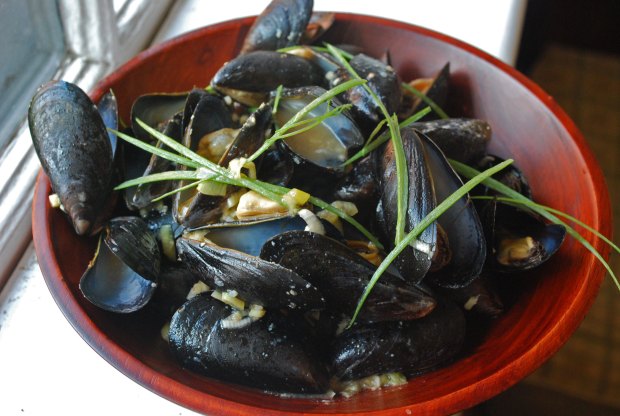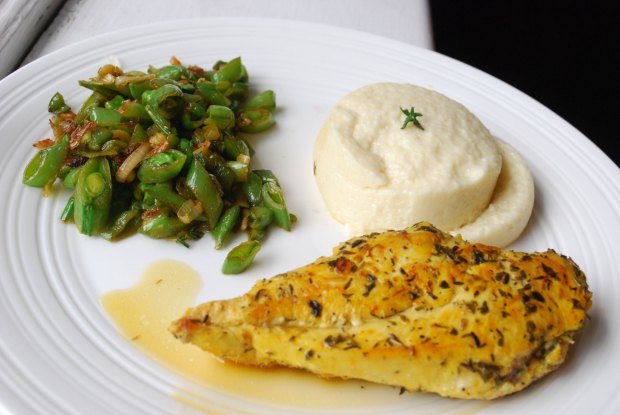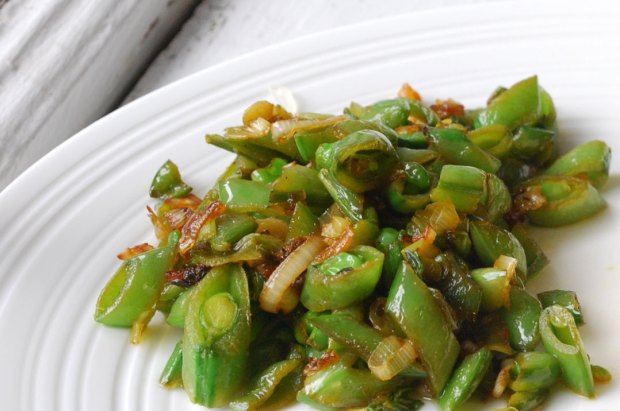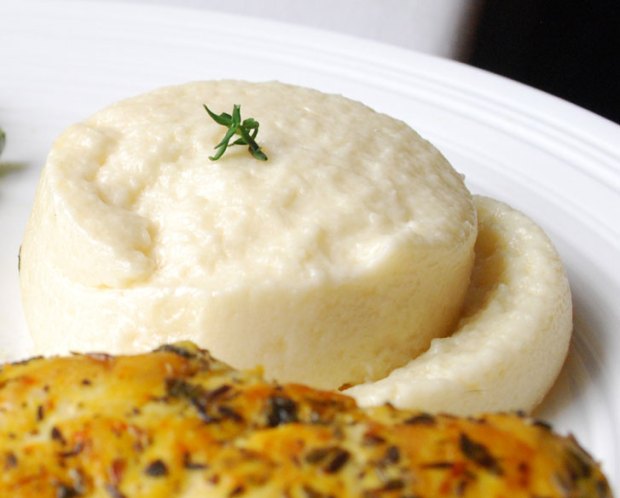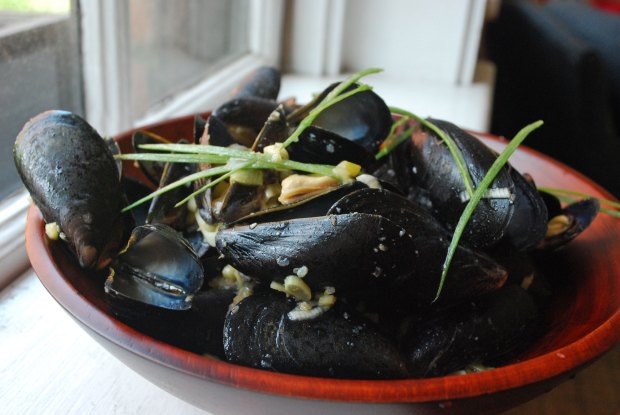
I think I’ve mentioned this before, but I was not always the omnivore I am today. There was a time when only hamburgers and rice were allowed to pass through these lips, and anything collected from the ocean was categorically forbidden. In a stunning example of mind over matter, however, at 20 years old I determined that fish were good for my health and thus I WOULD LIKE THEM. Beginning with steak-y fish like swordfish, tuna, and salmon, I gradually incorporated the entire classification. From there, mollusks made their debut — mussels leading the charge.
The appeal of mussels for me was really their connection to European culture (moules frites…mmm…), the obligatory slice of buttered and toasted bread served alongside, and the endless variety of delicious broths they swam in. My first experience was a tomato based broth laced with white wine, fennel, and plenty of garlic. To this day, it is my favorite preparation. Purists may prefer the simple white wine, garlic, shallots, and creme fraiche version, aka moules marinières. More adventurous souls have probably seen mussels served with curry or, as demonstrated below, miso. These Asian preparations are a wonderful diversion and can truly impress at a dinner party.
While you have to buy and cook your mussels the same day, you can make the base of your broth early, and your dinner party will come together in an astonishing 5 minutes — faster than it takes to toast your baguette! Also, this is a mussels prep that few people have tasted before: Bonus!
A note on mussels: don’t freak out or anything, but it is important to note that mussels can die between their moment of harvesting and when you are ready to cook. Nothing ruins the memory of a good dinner party like a bad shellfish, trust me! To eliminate these evil-doers, throw out any mussels in the bag that have broken or cracked shells. Mussels that are open and do not close tightly when rapped against the side of the sink or a countertop should also be tossed. After cooking, if you have a mussel that still hasn’t opened up in the heat of the pan, chuck it. WHEN IN DOUBT, THROW IT OUT! Prevent mussels from dying on your watch by keeping them in a mesh bag on a bed of ice in your fridge. Do not suffocate them in a plastic bag, or you’ll end up tossing a ton of them.
Pan-Roasted Bouchot Mussels with Os, from the Momofuku Cookbook
(serves 4)
1/3 cup denjang, or shiro (white) miso
2 Tbs. sherry vinegar
2 Tbs. minced peeled fresh ginger
2 Tbs. sliced scallions (greens and whites)
6 garlic cloves, thinly sliced
4-5 lbs. mussels
1/4 c. grapeseed or other neutral oil
1 c. dry sake (use dry vermouth if you can’t find sake)
Clean the mussels: Put them in a large bowl of cold water and let them sit for a few minutes to purge any grit, then scrub their shells clean of any debris, and rip off the ‘beards’ — the little fuzzy strands sticking out of the side of the shells. Smash together the denjang, sherry vinegar, ginger, sliced scallions, and garlic cloves in a small bowl. Set aside.
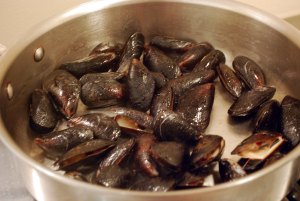 Pour the oil into a deep wide pot with a lid that will later comfortable accommodate all the mussels, and set over high heat. After a minute or so, when the oil is hot but not smoking, add the mussels. Cook, stirring, for 1 minute, then add the sake. Cover the pot and steam the mussels until they’ve all opened, about 4 minutes.
Pour the oil into a deep wide pot with a lid that will later comfortable accommodate all the mussels, and set over high heat. After a minute or so, when the oil is hot but not smoking, add the mussels. Cook, stirring, for 1 minute, then add the sake. Cover the pot and steam the mussels until they’ve all opened, about 4 minutes.
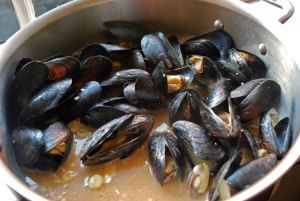 Remove the lid from the pot, scoot all the mussels to one side, and add the denjang mixture to the liquid in the bottom of the pot. Stir to incorporate it, which should happen rather quickly, then toss the mussels to coat them with the sauce and pan juices.
Remove the lid from the pot, scoot all the mussels to one side, and add the denjang mixture to the liquid in the bottom of the pot. Stir to incorporate it, which should happen rather quickly, then toss the mussels to coat them with the sauce and pan juices.
Using a slotted spoon, transfer the mussels to four deep bowls. Discard any mussels that did not open. Pour the broth-sauce from the pot over the mussels, and garnish each portion with a heavy dose of black pepper and some of the julienned scallions. Serve at once.
